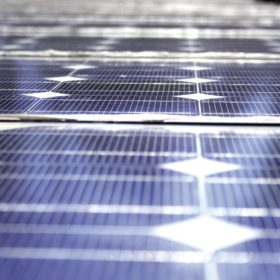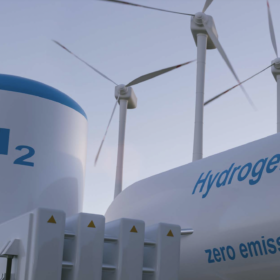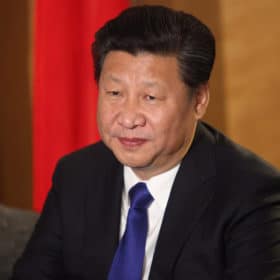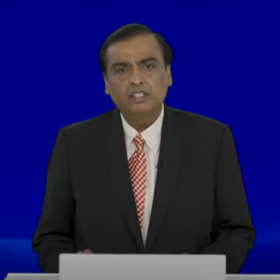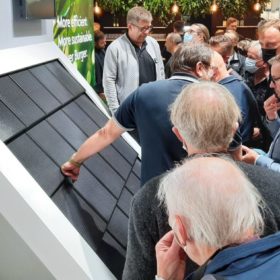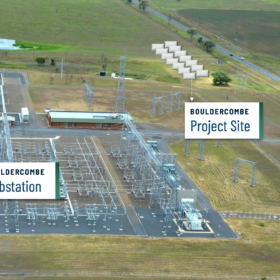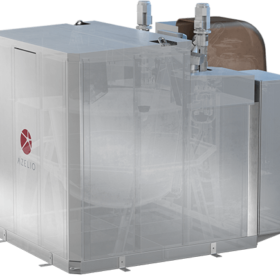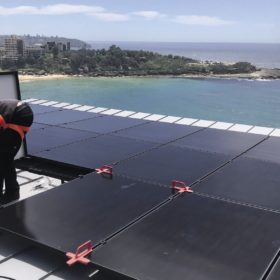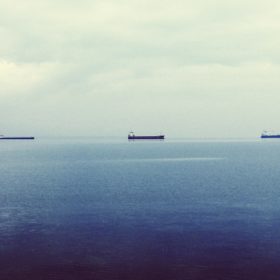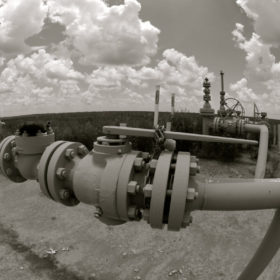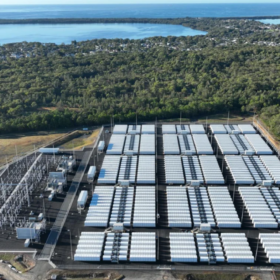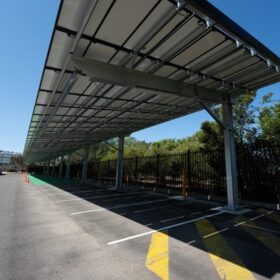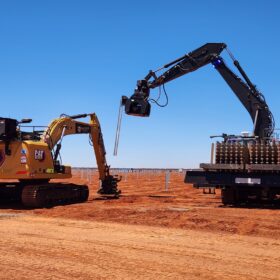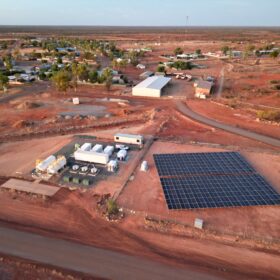Australia’s largest solar supplier expects shortfalls and up to 30% prices hikes as global stock contest escalates
Australia’s largest wholesale solar distributor is expecting shortfalls of supply coupled with 20% to 30% cost increases as a result of the energy crisis in China. The situation in Australia is particularly fragile, pv magazine Australia was told, with our low pricing and the comparable size of our market not playing to our favour in the global battle for solar supplies.
Why the NSW hydrogen strategy is ‘smarter’ in its $80 billion industry proposition
The New South Wales government at long last released its hydrogen strategy today. The wait, according to hydrogen expert Andrew Horvath, has been worthwhile. He described the strategy as clever in its approach to drawing longterm hydrogen investment into the state. “It’s a little bit different the way [NSW] looked at it,” he told pv magazine Australia, refuting the strategy’s branding as less ambitious than other states.
China plans new polysilicon production, 100 GW of solar for desert areas
China’s president has detailed plans to accelerate the planning and construction of large-scale wind and PV projects in desert areas, while Wuxi Shanghai announced new granular silicon and nano-silicon production capacity expansions.
Reliance Industries acquires 100% stake in REC Group, plans new manufacturing bases
India headquartered multinational Reliance Industries, through its subsidiary Reliance New Energy Solar Limited, yesterday announced the acquisition of Norway headquartered module manufacturer REC Group. The move comes as Reliance pushes forward with its US$10 billion plan to move in on the renewable energy industry, having also this week announced acquisition of a 40% share in EPC provider Sterling & Wilson.
Meyer Burger unveils new solar tiles
Meyer Burger plans to start selling a new building-integrated PV product from 2022. It says the solar tiles have a high energy yield, with simplified installation and the ability to also provide heating. German engineering company paXos designed the tiles.
Genex Power seizes the opportunities for renewable energy storage at the north end of the NEM
The first big battery to stand alone without government support, Bouldercombe Battery Project capitalises on Genex Power’s experience gained on the road to Kidston Clean Energy Hub.
Electro-thermal storage system for commercial applications launched
Developed by Swedish manufacturer Azelio, the system stores renewable energy in recycled aluminium and has an electrical and thermal energy output, with a total efficiency of 90 %. One unit’s storage capacity reaches 165 kWh of electrical output and on top of that thermal energy between 55-65 degrees Celsius. Its modular configuration allows the deployment of projects with a capacity of up to 100 MW.
Sunday read: Out of landfill, back in the stream
With technological progress, falling costs, and favourable subsidies all incentivising Australian households to replace serviceable modules and upgrade their rooftop array, a stockpile of useable second-hand modules is mounting. But efforts to embrace reuse rather than refuse are taking shape.
Saturday read: Chinese U-turn on stranded Australian coal could aid solar imports
China’s coal crunch looks set to see the nation turn to the Australian coal it has kept stranded via its year-long unofficial import ban. The news isn’t great for CO2 emissions, but could ease the significant impacts being felt by the Chinese solar industry.
Blue hydrogen and blended pipelines: the prospects of a like-for-like transition
On Monday, an Australian–Japanese consortium announced plans to potentially develop a $1 billion plus ‘low emissions’ hydrogen project in Western Australia. The announcement was preceded by a year of gas companies loudly declaring schemes to blend hydrogen into their pipelines. Clearly, many powerful Australian are putting their money on a like-for-like transition. pv magazine Australia spoke to hydrogen experts Andrew Horvath and Scott Hamilton about how they see the hydrogen wave evolving, and why a clean swap is unlikely.
